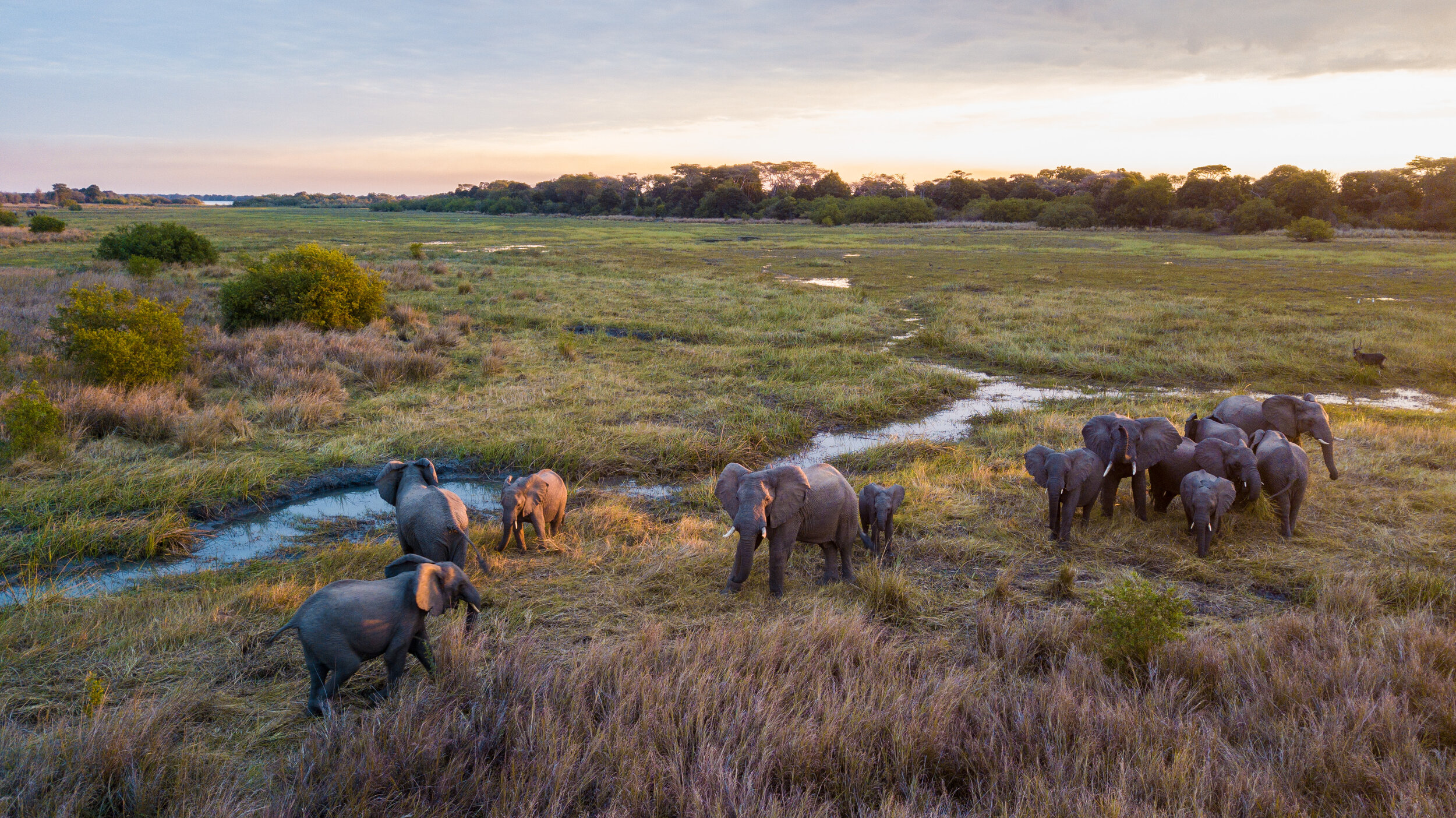7 Interesting Facts About Namibia (You Probably Didn’t Know)
Written by Daryll Williams
On the surface, Namibia appears as a wasteland of desert sands, dry rivers, salt pans, and terrain generally inhospitable to any form of life. Long nicknamed “The Land God Made in Anger” by its indigenous people, it’s a reputation that might be hard to overcome. But even in the harshest conditions of Namibia’s arid landscape, life has found a way to thrive.
Here, we share the most interesting facts about Namibia from our collective journeys through this arresting country.
1. Namibia is the first African country to add environmental protection to its constitution
Namibians reclaimed their land after they gained independence from the South African apartheid regime in 1990. They show such pride in their environment– so much so that they’ve designated the entire coastline a national park. Not only does this ensure environmental protection, but it’s helping to restore populations of wildlife as well. Among them are the black rhino, African elephant, and cheetah.
As a result, Namibia is an ideal sustainable safari destination where wildlife roams free in their natural environment. This fact isn’t more evident than in the pristine wilderness of Etosha National Park, which is one of the top wildlife destinations in the world.
2. It’s the second least populated country in the world
The dictionary backs up this fact – the name Namib translates as “vast place”. The name is pretty fitting given that Namibia is one of the least crowded destinations on the planet (the 5th fewest people per square kilometre to be exact). Its population sits at about 2.5 million people, whereas its size is as big as Germany and France combined.
It goes without saying (but, I’ll say it anyway), Namibia is the opportune destination to get off the grid.
3. Namibia has some of the highest sand dunes
The dunes in the Namib desert are some of the highest dunes on the planet. Dune 7, situated close to Walvis Bay, is the highest in the country, measuring a whopping 383 m. The most climbed dune is Dune 45, a popular destination to enjoy spectacular sunrises and sunsets. It’s a challenging climb, especially early morning before sunrise, but watching the sky change colour over this beautiful landscape makes it all worthwhile. The most striking characteristic of the dunes in Sossusvlei are their red colour, caused by the presence of tiny iron ore particles that oxidised over time. Dune 45 gets its name from the fact that it is 45 km from Sesriem Gate.
4. There’s a ghost town found outside Lüderitz
Kolmanskop, located near the town of Lüderitz, is Namibia’s iconic ghost town. Kolmanskop was established as a mining town in 1908, when diamonds were found along the coast of Lüderitz. When 30 years later, when the diamonds were depleted, Kolmanskop became a bona fide ghost town. Kolmanskop is one of the most beautiful, eerie, and special places to visit in Namibia, especially for photographers at sunrise.
5. It is home to the largest canyon in Africa: Fish River Canyon
The Fish River Canyon is Africa’s largest canyon. It is the 2nd largest canyon in the world after the Grand Canyon and was formed over 650 million years ago through water erosion.
6. Namibia is home to the Skeleton Coast – notorious for its shipwrecks
The Skeleton Coast, in the northern part of the Atlantic Ocean coast of Namibia, is considered one of the mysterious places in Namibia. It is not only littered with animal carcasses but also features hundreds of shipwrecks. The large number of shipwrecks is due to The Skeleton Coast’s rough winds and strong ocean currents. Most of the wrecks are completely destroyed but a few are still visible.
7. Namibia receives the least rainfall in sub-Saharan Africa
Namibia is one of the driest and sunniest countries in the world with over 290 days of sunshine. The climate is generally arid with a higher rate of evaporation than precipitation. Namibia receives the least amount of rainfall among the Sub-Saharan countries with annual precipitation of only 370 mm in Windhoek.
Time to get your trip to Namibia sorted
Namibia is the ultimate remote travel destination, with its vast open spaces and intriguing wildlife, which have adapted to their desolate environment. With the opportunity to see 4 of the Big 5 and explore one of Africa’s oldest deserts, the country offers up unforgettable wilderness adventures!
Subscribe to our newsletter and keep up to date with all of our latest developments.





